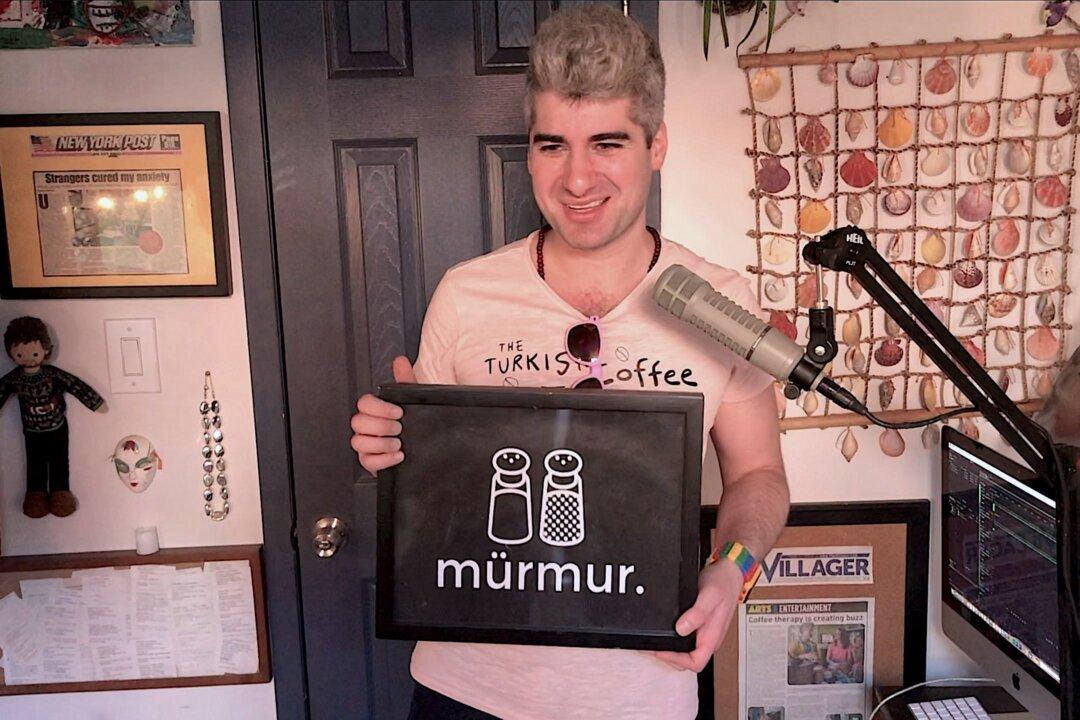Soccer World Cup host Qatar is touting a new cooling system for open-air stadiums as the energy-efficient model for the future—but will it catch on?
Architects and engineers of Al Janoub, a 40,000-seat venue in Doha for the 2022 Soccer World Cup, said they found a technological solution to beat the unbearable desert heat of Qatar.


